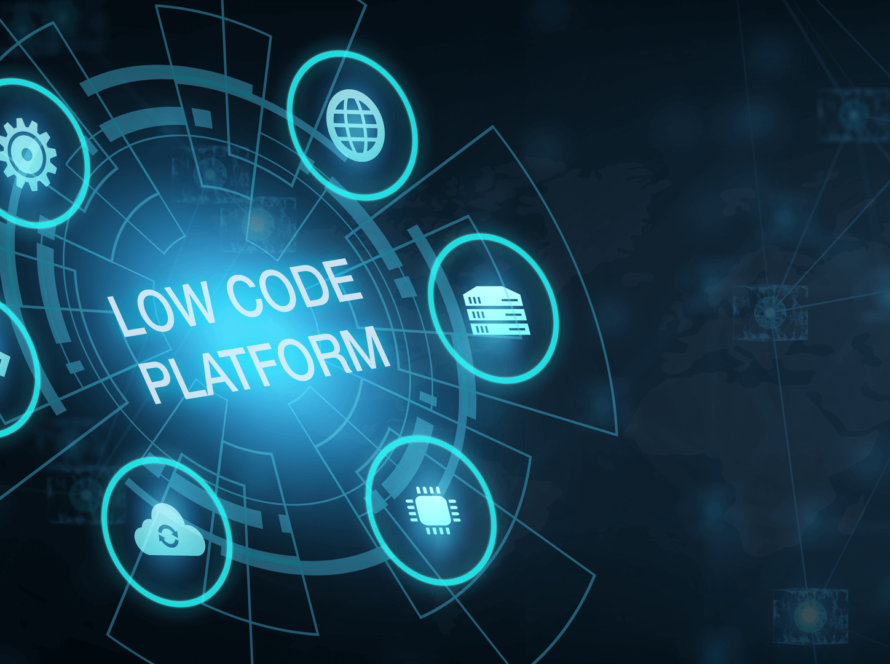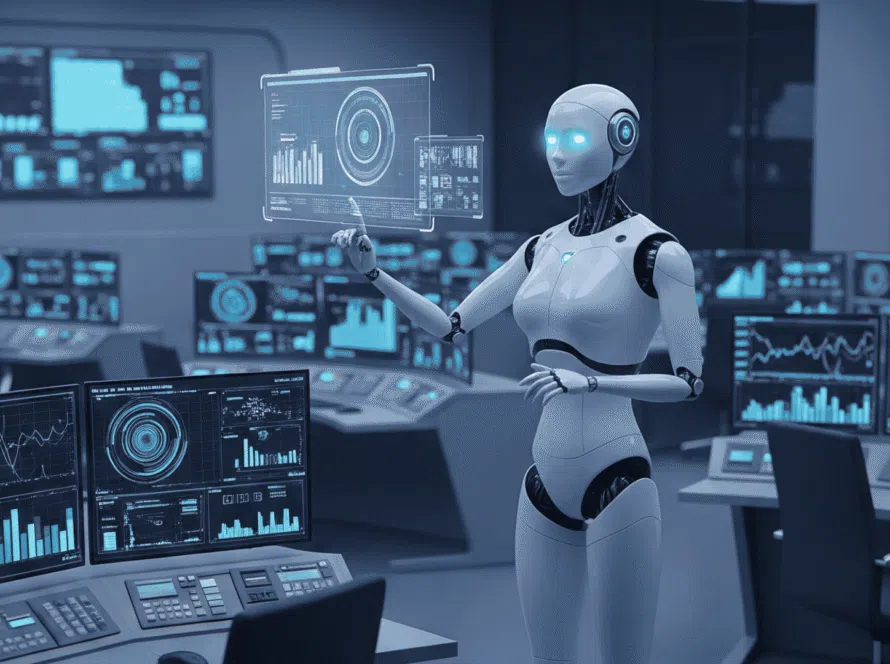How Generative AI is Transforming the Software Industry
Generative AI (GenAI) is rapidly becoming a game-changer in the software industry. From improving software development workflows to enabling personalized user experiences, GenAI is reshaping how businesses create, deliver, and manage software solutions. This blog explores how GenAI is making an impact, with easy-to-understand examples to illustrate its potential.
What is Generative AI?
Generative AI refers to artificial intelligence systems that can create new content, such as text, code, images, or even entire software systems. These models, powered by technologies like GPT (Generative Pre-trained Transformers), learn patterns from vast amounts of data and use that knowledge to generate human-like responses or solutions. For example, tools like ChatGPT can generate code snippets, debug errors, or even write documentation, saving developers significant time and effort.
Key Applications of GenAI in Software Development
- Code Generation and Debugging
One of the most practical uses of GenAI is in writing and debugging code. Instead of spending hours solving a tricky algorithm or debugging a stubborn error, developers can now rely on GenAI tools to assist them.
Example: A software engineer working on a web application needs to implement a search feature. Instead of writing the code from scratch, they can use a GenAI tool to generate the initial code based on their requirements. The tool might produce a fully functional search function in Python or JavaScript, which the developer can then tweak as needed.
Similarly, when faced with an error, GenAI can analyze the error message and suggest potential fixes, reducing the time spent debugging.
- Automating Software Documentation
Creating and maintaining up-to-date documentation is a challenge for many teams. GenAI tools can automate this process by generating clear and detailed documentation based on the codebase.
Example: A developer writes a complex function in Python but doesn’t have time to document it properly. A GenAI tool can analyze the function, understand its purpose, and generate comments or detailed documentation, explaining each step in plain language.
- Testing Automation
Testing is a critical part of software development, but it’s often time-consuming. GenAI can generate test cases, write scripts, and even perform basic testing tasks automatically.
Example: A QA engineer needs to test a login system with multiple edge cases. A GenAI tool can generate test scripts to validate different scenarios, such as incorrect passwords, empty fields, or multi-factor authentication, ensuring comprehensive coverage.
- Enhanced User Experiences
Generative AI is not limited to backend tasks. It also plays a role in improving the end-user experience by creating personalized interfaces and content.
Example: A travel app can use GenAI to suggest itineraries based on a user’s preferences. If the user types, “Plan a 5-day trip to Paris,” the app can generate a detailed plan, including activities, restaurant suggestions, and hotel options.
Real-World Examples of GenAI in Action
- GitHub Copilot: This AI-powered code completion tool suggests code snippets as developers type, speeding up the coding process.
- OpenAI Codex: Codex translates natural language into code, making it easier for non-technical users to create simple software applications.
- Chatbots: Many customer support systems now use GenAI-powered chatbots to provide instant, context-aware responses to user queries.
Challenges and Considerations
Despite its many advantages, GenAI comes with certain challenges, such as occasional errors in generated code, potential security vulnerabilities, and ethical concerns related to data privacy and bias. For instance, while it’s excellent at generating code, the output may sometimes contain errors or security vulnerabilities. Developers must carefully review and validate AI-generated code to ensure quality and safety. Additionally, ethical considerations, such as data privacy and bias in AI models, remain critical. Organizations need to use GenAI responsibly to avoid potential risks.
The Future of GenAI in Software Development
As GenAI continues to evolve, its role in the software industry will only grow. We can expect more advanced tools that further integrate with development workflows, making software creation faster, more efficient, and more accessible to everyone. Imagine a future where you can describe an app idea in plain English, and an AI tool builds it for you within minutes!
Conclusion
Generative AI is revolutionizing the software industry by automating repetitive tasks, enhancing productivity, and enabling innovative solutions. How might you leverage GenAI to tackle challenges or innovate within your own projects? While there are challenges to address, the benefits of GenAI far outweigh its drawbacks. Developers and businesses that embrace this technology today are likely to lead the way in shaping the future of software development. Whether it’s through smarter coding assistants, automated testing tools, or personalized user experiences, GenAI is undoubtedly here to stay.





